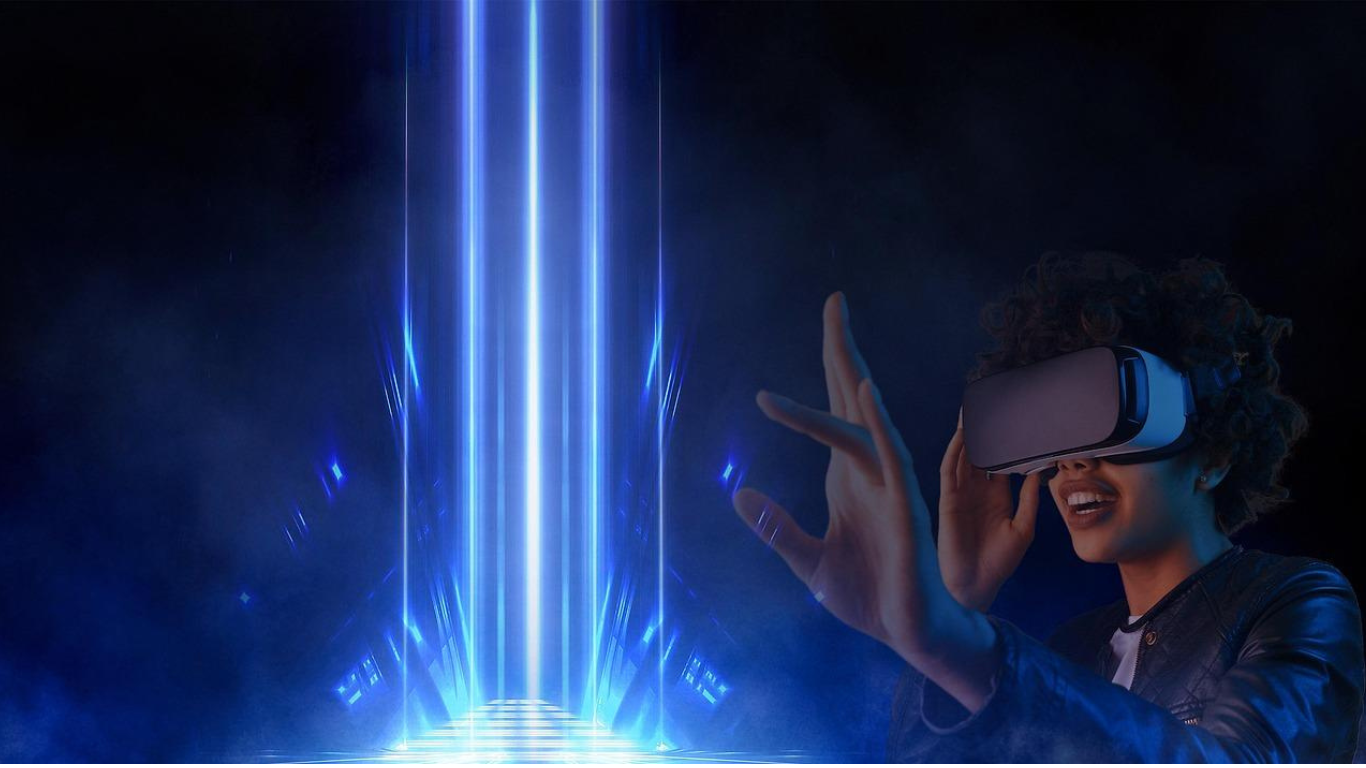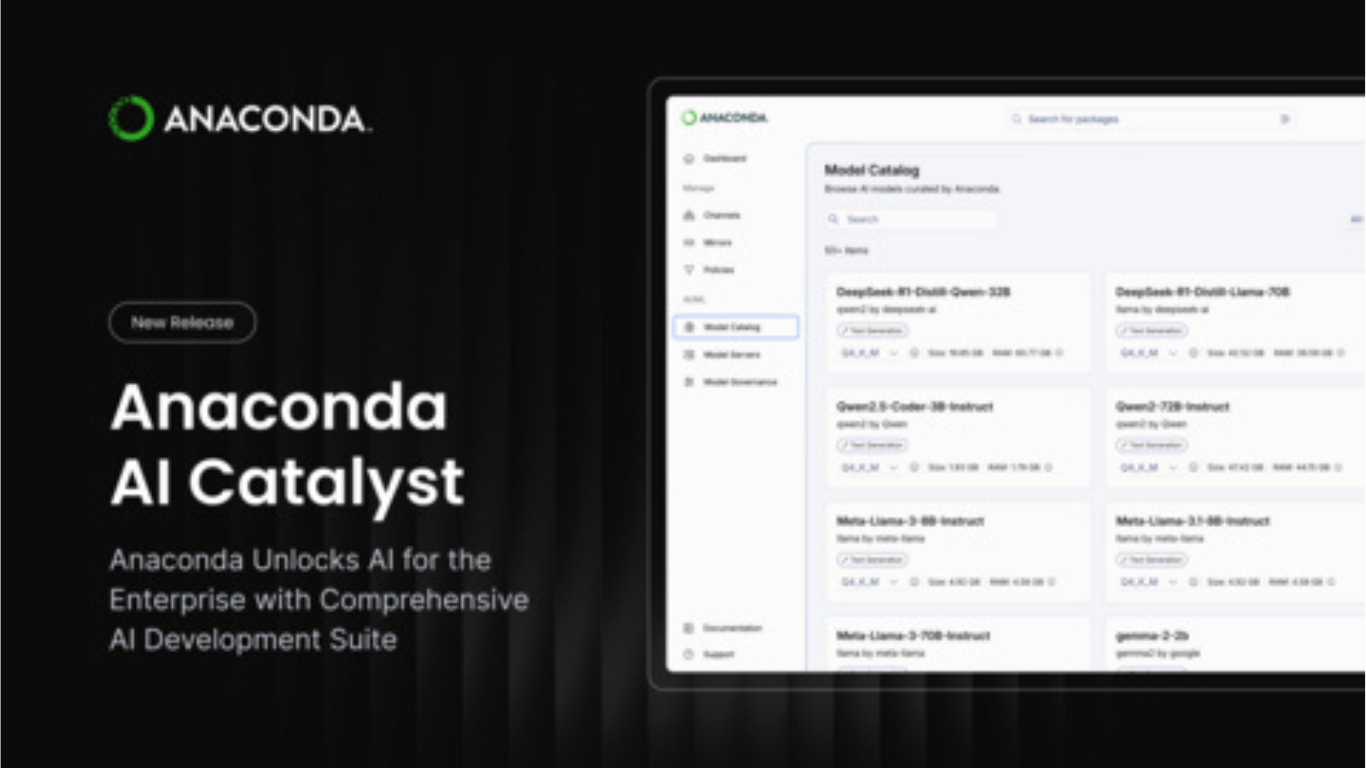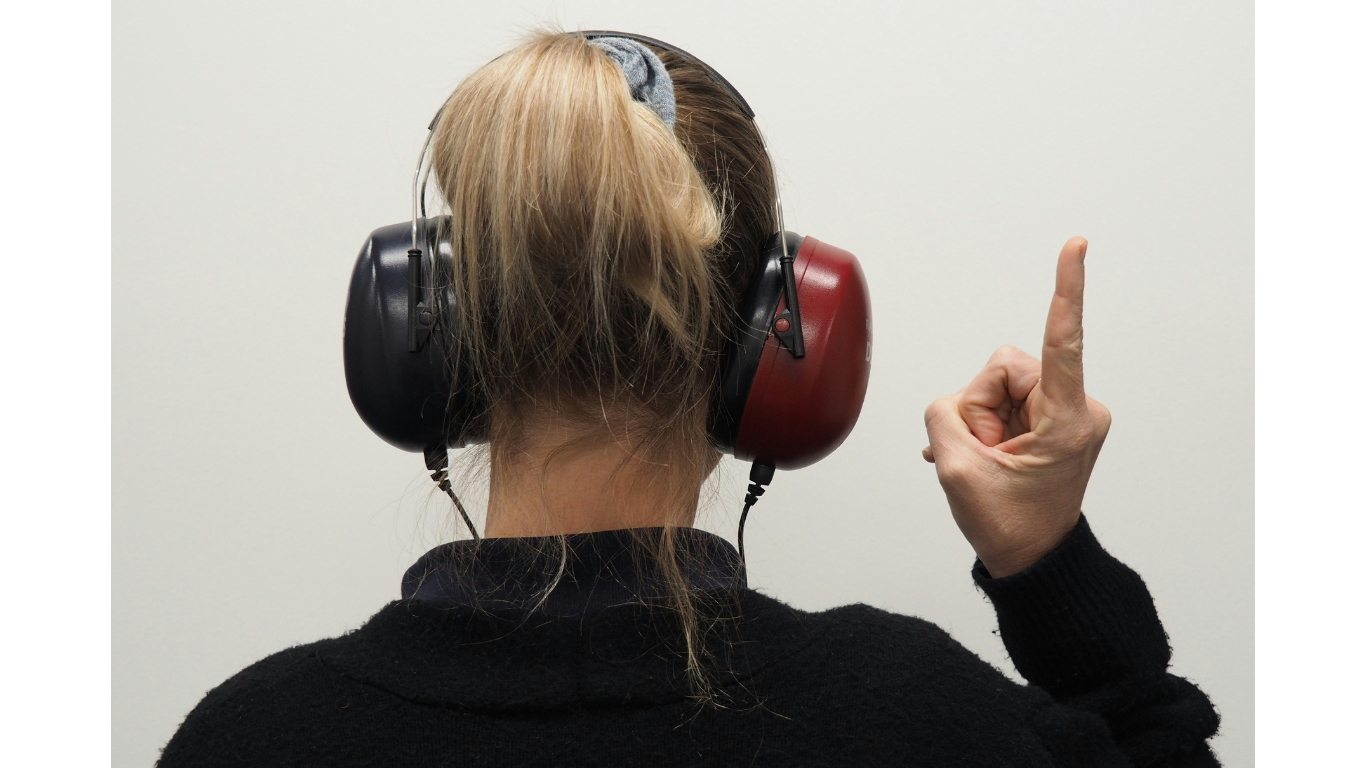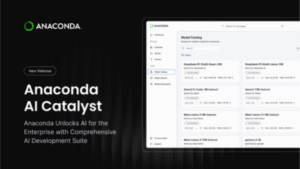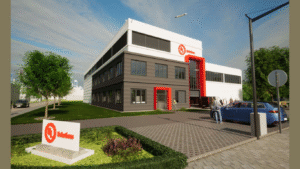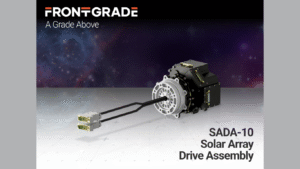Advertising and marketing have changed dramatically in the last few years. Traditional advertising billboards and print ads still have their place. But modern audiences expect more than appealing visuals and catchy slogans. They crave connection and, more importantly, interaction.
Indeed, interactive strategies are proving much more effective at building trust and long-term relationships. And one of the most powerful tools for implementing these strategies is brand activation at festivals.
Want to change up your marketing game? Let’s look beyond traditional advertising and discover how interactive marketing drives customer loyalty.
What Is Interactive Marketing?
Before we dive into how interactive marketing builds loyalty, let’s cover what it is. Interactive marketing encourages consumers to actively participate in a brand experience. This is in stark contrast to traditional advertising, which delivers a message to a passive audience.
Interactive marketing allows real-time involvement where consumers can share their views, opinions, and preferences through digital channels such as social media. It raises engagement through games, quizzes, polls, and experiences. These interactive experiences can also happen during live events and festivals.
Interactive marketing allows brands to:
- Gain the consumers’ attention in innovative and meaningful ways, such as through gamification.
- Personalize the experience and create stronger emotional ties to the brand.
- Encourage social sharing, boosting online presence and reputation.
The Shortcomings of Traditional Advertising
So, what’s wrong with traditional advertising? It builds brand awareness, doesn’t it?
There’s nothing inherently wrong with it, and yes, it can certainly increase reach and build awareness. However, consumers have grown tired of the same old advertising formulas. And billboards or print ads rarely generate emotional investment, foster a sense of community, or create memorable experiences.
Fortunately, interactive marketing can offer all that and more.
How Interactive Marketing Builds Loyalty
Interactive marketing builds customer loyalty by meeting the need for autonomy, a desire to belong to a community, curiosity, joy, and trust.
Group experiences and community spaces help your brand build social connections. Introduce fun, surprising activities, and people will create more positive associations with your brand. Transparent, responsive interactions help to build more brand credibility.
An interactive marketing experience has positive long-term effects, too. When people love how your brand makes them feel, they’re more likely to come back, purchase again, and become your unofficial brand advocates. And when customers can personalize their experience, they’re even more engaged.
Why Festivals Are Ideal for Interactive Brand Experiences
Festivals create conditions ripe for consumer connection. Attendees often spend several hours and sometimes days at such events, increasing exposure to the brand. They’re also a receptive audience, already open to exploring new ideas.
By incorporating brand activation at festivals into their marketing strategy, a company can reach customers in real time and the right mindset to foster lasting loyalty. But that’s not all. Brand activations at live events often go viral, extending your reach far beyond the event.
Interactive Marketing Examples
Each of these brands has used interactivity for attention and connection.
M&M’s Flavor Vote Challenge
Gamification is an effective interactive marketing method. The popular candy brand M&M’s invited fans to vote by taking a selfie and adding stickers to represent their favorite flavor. By gamifying product feedback, they engaged customers socially and emotionally.
Spotify
Fans regularly search for content from the biggest music festivals on Spotify. The brand uses this to its advantage, partnering with some of the biggest music events. It not only shows its audience these concerts, but it also sends recommendations based on location and music preferences.
Absolut Vodka
The Absolut Vodka team understands the value of brand activation at festivals like Coachella. It combines lighting, music, and user interaction with crafty cocktails to immerse people in a multi-sensory journey tied to the brand’s creative spirit.
Measuring Customer Loyalty
For a marketing strategy to be effective in the long term, you must be able to measure its impact and refine the process where necessary. When tracked over time, the following metrics offer a clear picture of rising brand loyalty. So monitor the data, and do the math.
- Time spent engaging: Longer dwell times often indicate stronger interest in the brand.
- Social shares and mentions: Showcase the reach and impact of your marketing campaign.
- Customer feedback/reviews: Reveal how people felt about your brand and the experience.
- Post-event purchases, voucher redemptions, signups, and downloads: New trial subscriptions, email signups, and app downloads indicate whether the emotional connection led to conversion. Also, these are useful for remarketing and facilitating long-term engagement.
Conclusion
Consumers will remember how a brand made them feel. Effective interactive marketing ensures that those are positive feelings. Through brand activation at festivals, it helps brands go beyond mere engagement and awareness to earn customer trust and loyalty.
And that is a solid foundation for a lasting brand-consumer relationship.
Blog as received in the mail


